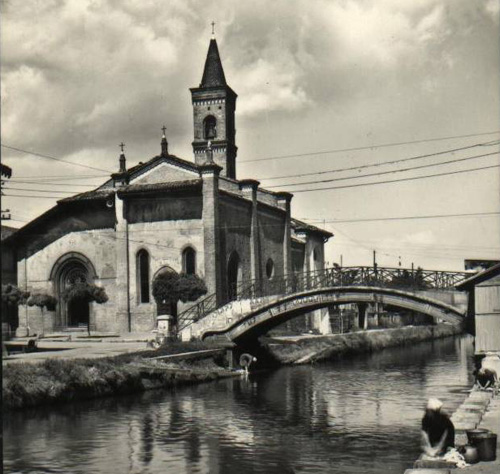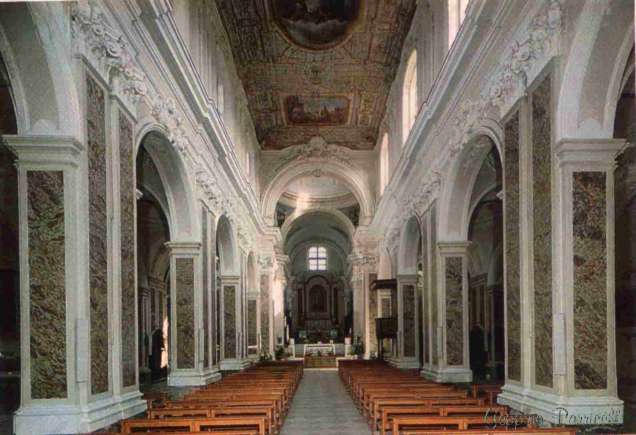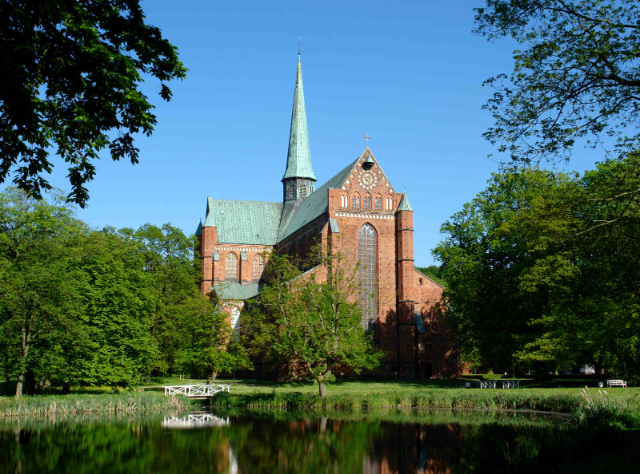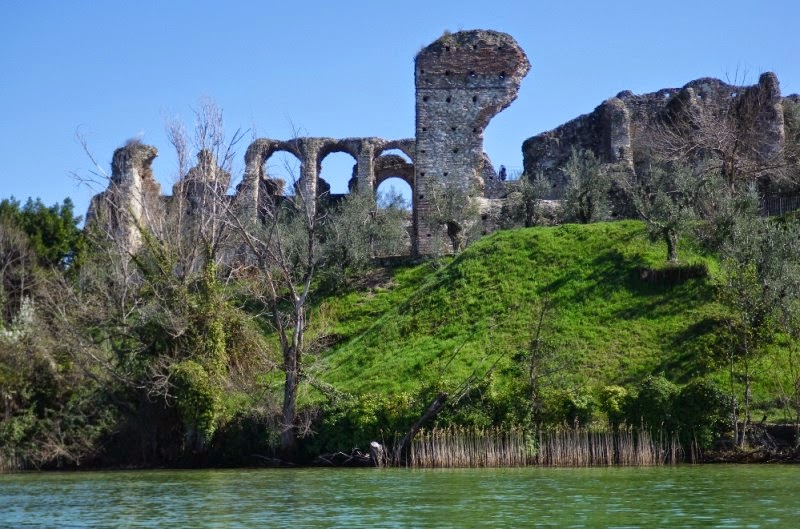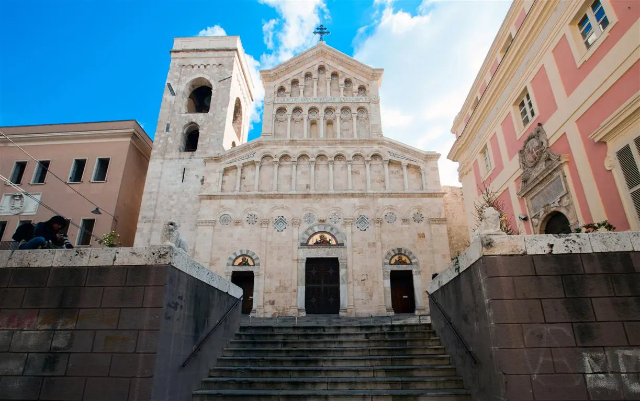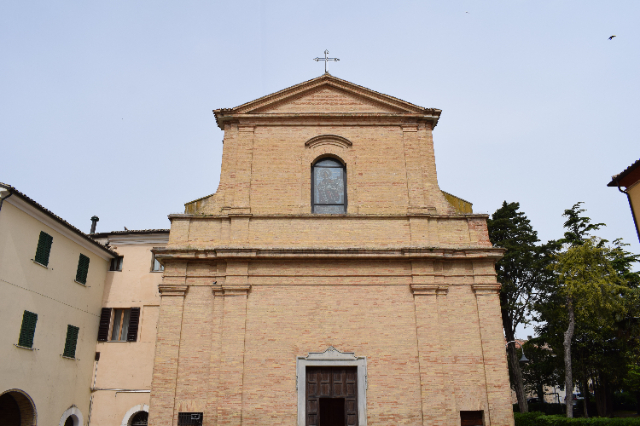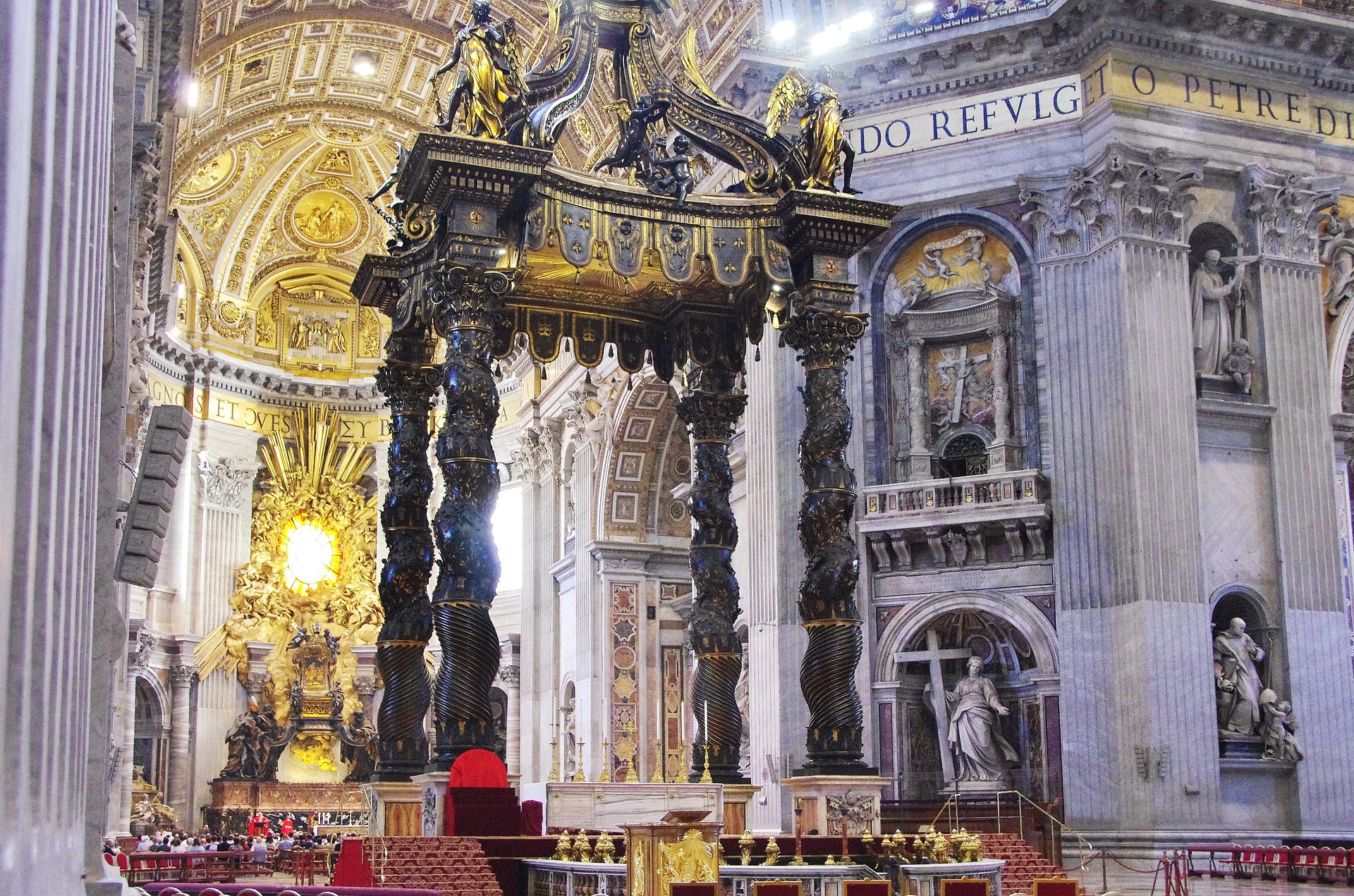In the past, because of its fifteenth-century bell tower, it was considered the lighthouse that indicated, to those arriving from Ticino, the proximity of the city. San Cristoforo, in fact, in the Middle Ages was considered the protector of travelers, pilgrims and boatmen. Every year, around the 25th of July, the church and the naviglio (canal), for the celebration of San Cristoforo, protector of wayfarers and motorists, are animated by a festival.
The church is a monumental complex made up of two churches side by side in the homonymous street on the towpath of the Naviglio Grande named after the giant ferryman of Christ who converted to Christianity and died a martyr in Lycia.
The oldest church, the one on the left, is Romanesque (1192) and was extensively remodeled in the fourteenth century. The one on the right, called Cappella Ducale, dates back to the 15th century and took the place of a hospital for pilgrims built in 1364. It was commissioned by Gian Galeazzo Visconti to fulfill a popular vote for the sudden cessation of the plague of 1399 (which had cost the lives of 20,000 Milanese) through the intercession – according to popular belief – of Saint Christopher himself. In addition to the saint (protector of the plague victims), the church was also dedicated to Saints John the Baptist, James and Blessed Christine, protectors of the Visconti family, whose coat of arms with the famous "biscione" was placed on the facade next to that of the Municipality with a red cross on a white background.
The Romanesque church is a small hall, ending with a semicircular apse, covered by a coffered ceiling that hides the original trussed structure of the roof. The facade is adorned by an elaborate portal in terracotta with a valuable Gothic rose window with intertwined rays.
On the facade of the Ducal Chapel there is a simple portal with two high single-lancet windows at the sides according to the typical model of the churches of Solari, of which other examples are in the facades of the same period of Santa Maria delle Grazie and San Bernardino delle Monache.
The bell tower of the fifteenth century is the only one with cestile cone spire and single lancet windows preserved authentic in Milan.
The interior currently has two naves after the demolition of the wall that divided the two churches in 1625 and has numerous frescoes: on the wall of the left aisle fragments of the early sixteenth century including the Madonna Enthroned with Child between Saints Rocco, Anthony, Augustine and Sebastian of the school of Bergognone, while the apse has frescoes of the school of Bernardino Luini depicting the Eternal Father in the center and at his sides the symbols of the four Evangelists. The Ducal Chapel has frescoes on the façade depicting a theory of saints of the fifteenth century and on the counter-façade a Crucifixion in the lower register and a Madonna Enthroned with Saints Christopher and Anthony Abbot in the lower register.
In the first span there are two figures of bishop saints and, almost illegible, above the large Gothic window, a Christ in the mandorla. In the vaults of the first span two frescoes, partially legible, presumably represent the Adoration of the Magi and the Seven Sleepers of Ephesus. In the apse, near the sacristy, there is another Crucifixion of the late 15th century that recalls the art of the Zavattari in Monza.
The church also hosts three remarkable wooden statues. One of San Crisotoforo of the XIV century, one of San Giuseppe of the XVI century and a second statue of San Cristoforo of the XVI century of great value recently donated by Felicita Frei in memory of her nephew.
